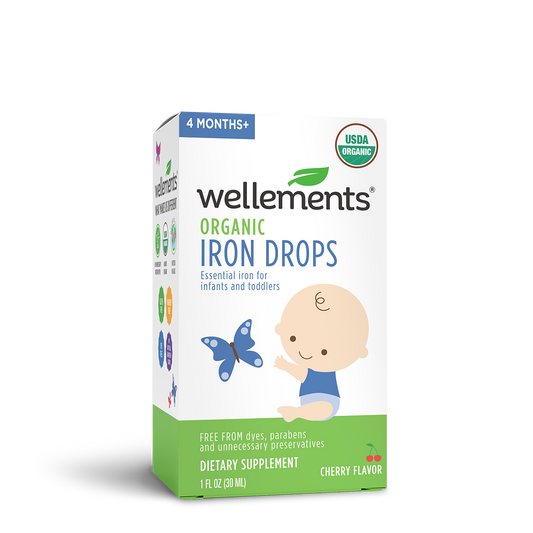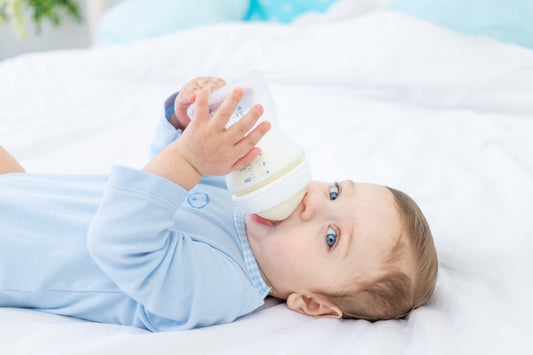Iron Deficiency in Babies & Children
| updated:Share

Iron is an essential nutrient for the proper growth and development of babies and children. Typically, the human body gets sufficient iron through certain foods. But if babies and children aren’t getting enough iron from the milk or formula they drink or from the food they eat, they may begin to show symptoms of iron deficiency. If you notice these symptoms, be sure to talk to your pediatrician.
Signs of Iron Deficiency in Babies & Children
To help you identify if your child may be iron deficient, here are a few of the most common signs of low iron levels.
- Fast heartbeat
- Pale skin
- Lethargy
- Strange food cravings (such as eating dirt or other non-edible substances)
- Breathlessness
- Loss of appetite
- Repeat infections
- Failure to grow at the normal rate
- Behavioral problems
- Increased sweating
- Enlarged spleen
- Fussiness or irritability
Usually, if you’re breastfeeding your baby, he or she will get enough iron from your milk. But if you have a low milk supply or if you have an iron deficiency yourself, you may need to consider supplementing your baby’s diet with iron-fortified infant formula or a iron supplement.
4.1 /
5.0
(49)
49
total reviews
Iron Drops
Sale price
$12.99
What Causes Iron Deficiency
There are a variety of potential causes of iron deficiency in babies and children. These underlying causes are often different depending on the age group the child falls into. Here are some of the common causes of iron deficiency in babies and children of various ages.
Newborns
Newborns and very small babies receive their stores of iron while they’re in the uterus. This means that Mom’s diet is extremely important throughout pregnancy. If babies are born premature or with low birth weight, they have an increased risk of iron deficiency than babies born to term with normal birth weight.
Six months to one year old
Babies between six months and one year old may experience iron deficiency if they don’t receive sufficient iron-rich solid foods or if Mom’s milk is low in iron. When you first begin introducing solid food to your baby, try to include two servings each day of iron-fortified, plain infant cereal.
One year old to five years old
Prolonged breastfeeding may lead to iron deficiency in children ages one to five years old. This is especially the case if the child’s diet is solely composed of breastmilk and not solid foods. Children between one and five years old grow very rapidly, and they need the increased iron that comes from solid food intake.
How Iron Deficiency Can Affect Behavior
Iron-deficient children often have increased anxiety and attention problems. They are also more likely to feel depressed and lash out at others. Children with low iron levels are also less likely to engage in imitative play.
Iron-Rich Foods for Children
To prevent iron deficiency in your child, do what you can to feed him or her iron-rich foods. These should include:
- Lean meats
- Eggs
- Beans
- Fortified cereals
- Raisins and other types of dried fruit
- Spinach
- Pumpkin seeds
- Green peas
- Tofu
- Tuna
If you have any questions or concerns about iron deficiency in your child, talk to your pediatrician or healthcare provider.



